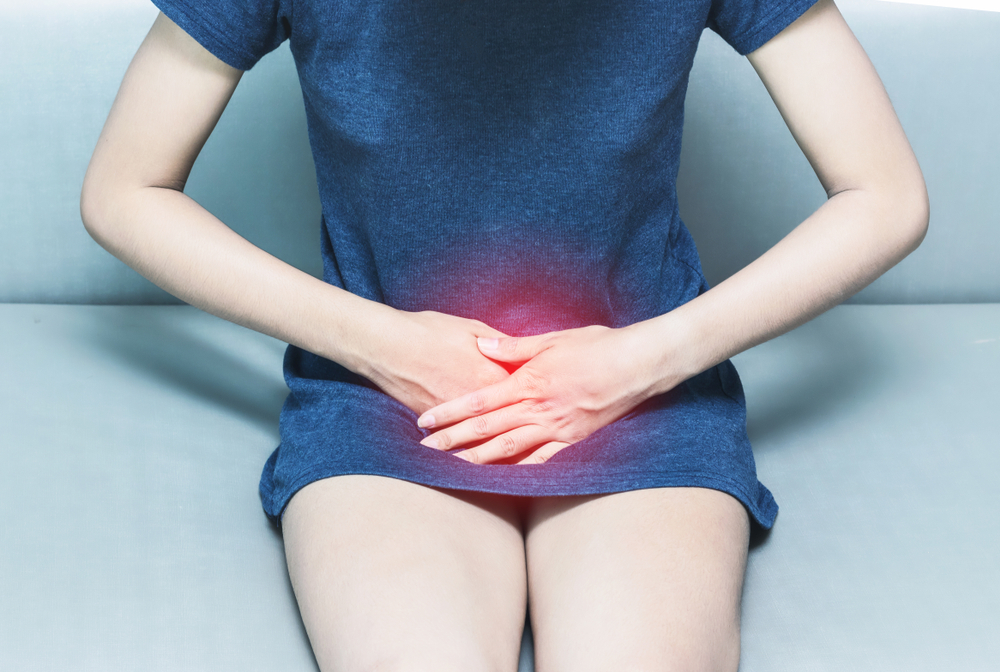Comprehensive Guide to Managing and Treating Bladder Prolapse
This comprehensive guide provides detailed insights into bladder prolapse, its causes, symptoms, and treatment strategies. It emphasizes early detection, lifestyle modifications, pelvic floor strengthening, and surgical options for severe cases, aiming to improve patient outcomes and quality of life. Suitable for women experiencing pelvic discomfort or urinary issues, the article highlights the importance of medical consultation for effective management.

Understanding and Effectively Managing Bladder Prolapse for Better Health
Introduction to Bladder Prolapse and Available Treatment Options
The urinary bladder, a vital muscular organ nestled behind the pubic bone, plays a crucial role in urine storage and excretion. In women, the anterior vaginal wall provides essential support to the bladder; however, as women age, this support system may weaken, leading to the development of bladder prolapse, also known as cystocele. This condition can significantly impact quality of life, causing discomfort, urinary issues, and other health concerns. Understanding the causes, symptoms, and treatment options for bladder prolapse is essential for effective management.
What Is Bladder Prolapse?
Bladder prolapse, medically termed cystocele, occurs when the bladder protrudes into the front wall of the vagina due to weakening of the supportive tissues and muscles that normally hold it in place.
This condition results from the failure of pelvic support structures, allowing the bladder to sag or protrude through the vaginal opening.
In early stages, the bladder may descend into the vagina, causing an internal bulge that can be detected during a pelvic exam.
As the prolapse progresses, the bladder may extend outside the vaginal opening, leading to noticeable protrusion and discomfort.
Understanding the Grades of Bladder Prolapse
Grade 1: Mild prolapse where the bladder slightly droops into the vaginal canal; often asymptomatic or causing minimal discomfort, usually manageable with conservative measures.
Grade 2: Moderate prolapse where the bladder sags close to the vaginal opening; may cause noticeable symptoms requiring intervention.
Grade 3: Severe prolapse with the bladder protruding outside the vaginal opening; symptoms are more prominent, and treatment options become more crucial.
Grade 4: Complete prolapse or procidentia where the bladder fully protrudes beyond the vaginal opening, often accompanied by other pelvic organ prolapses, necessitating comprehensive treatment.
Factors Contributing to Bladder Prolapse
Chronic physical strain: Repeated activities such as heavy lifting, intense coughing, or chronic constipation exert pressure on pelvic support structures, weakening them over time.
Vaginal childbirth: Multiple or assisted deliveries stretch and weaken pelvic muscles and tissues, significantly increasing the risk of prolapse.
Menopause: Declining estrogen levels lead to decreased elasticity and strength of vaginal tissues, making prolapse more likely.
Prior pelvic surgeries: Procedures like hysterectomies can alter pelvic anatomy and support, predisposing women to prolapse.
Aging and obesity: Both factors contribute to the weakening of pelvic muscles and increased intra-abdominal pressure, heightening prolapse risk.
Recognizing the Signs and Symptoms of Bladder Prolapse
Persistent sensation of vaginal bulge or pressure
Discomfort or a feeling of fullness in the pelvic region
Lower abdominal pain, especially when sitting or standing
Urination difficulties such as incontinence, retention, or weak stream
Visible tissue protruding from the vagina, sometimes accompanied by bleeding
Feeling of incomplete bladder emptying after urination
Painful sexual intercourse due to tissue protrusion
Recurring urinary tract infections
Lower back pain that may be related to pelvic organ displacement
Effective Treatment Strategies for Bladder Prolapse
Conservative approaches for mild prolapse: Lifestyle and behavioral modifications are first-line strategies. Weight management, dietary adjustments to prevent constipation, posture correction, and smoking cessation can prevent progression. Managing chronic cough and avoiding activities that apply excessive pelvic pressure are also important.
Pelvic floor exercises and supportive devices: Kegel exercises strengthen pelvic muscles, providing stabilization and support. Vaginal pessaries—medical devices inserted into the vagina—are widely used to support prolapsed organs, especially for women who want to delay surgery or are not candidates for surgical intervention.
Advanced cases requiring surgical intervention: When prolapse becomes severe or symptoms are debilitating, surgical repair may be necessary. Surgical options include anterior colporrhaphy, vaginal mesh procedures, or minimally invasive laparoscopic surgeries. Postoperative care involves at least six weeks of rest, avoiding heavy lifting, strenuous activity, and sexual intercourse to ensure proper healing.
Overall, early detection and appropriate management can significantly improve outcomes. Patients are encouraged to consult healthcare professionals for personalized treatment plans tailored to their specific condition and lifestyle.





